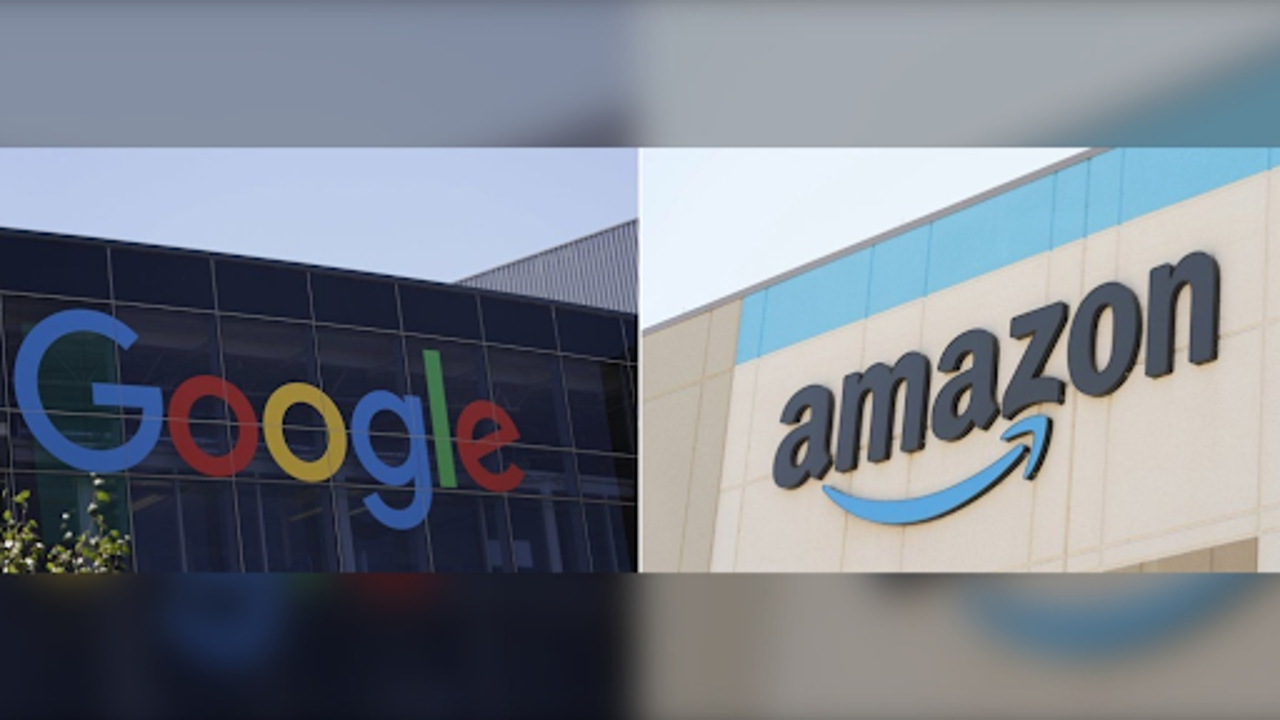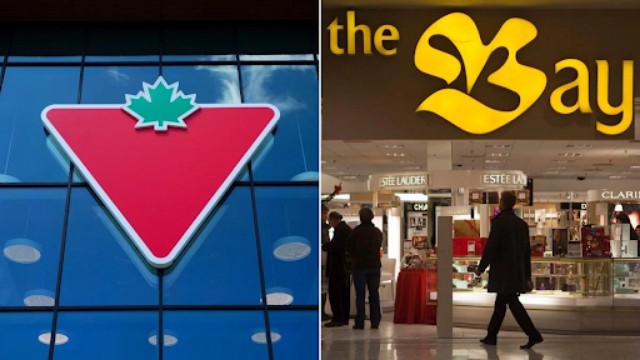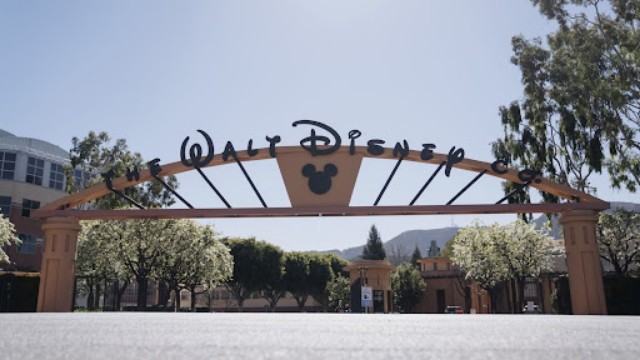
The Google logo is seen at the company's headquarters in Mountain View, California, on July 19, 2016. Meanwhile, the Amazon logo is featured on the outside of the Amazon OXR1 fulfillment center in Oxnard, California, on August 21, 2024. AP Photo
On Wednesday, Amazon announced plans to invest in small nuclear reactors, following a similar move by Google just two days earlier. Both companies are looking for new, carbon-free energy sources to power their data centers and support growing demands from artificial intelligence.
This announcement comes after the owner of the closed Three Mile Island nuclear power plant revealed plans to restart the reactor to provide power to Microsoft’s data centers. All three tech giants have been investing in solar and wind energy, but they now recognize the need for additional clean energy sources to meet their electricity needs and emissions reduction goals.
Nuclear energy offers a solution as its reactors do not emit greenhouse gases like fossil fuel plants. With rising electricity demand worldwide due to the electrification of buildings and vehicles, data centers and AI are significant contributors. The International Energy Agency estimates that electricity consumption for data centers could exceed 1,000 terawatt hours by 2026, more than double the amount used in 2022.
Kevin Miller, Amazon Web Services' vice president, highlighted that the surge in AI is significantly increasing the power requirements for data centers, making new nuclear capacity crucial. The U.S. is focusing on small modular reactors, which can generate about one-third of the power of traditional reactors. Developers believe these smaller reactors can be built more quickly and cost-effectively, potentially starting operations in the early 2030s if approved.
If clean energy isn't added alongside the growth of data centers, there is a risk of adding more non-renewable energy to the grid, as warned by Kathryn Huff, a former U.S. assistant secretary for nuclear energy. Currently, there are no small modular reactors providing power in the U.S., but these announcements could mark a turning point for the industry.
On Monday, Google revealed it would contract multiple small modular reactors from Kairos Power, aiming to bring the first one online by 2030. This deal is expected to add 500 megawatts to the grid, a small fraction of Google’s total energy use, which exceeded 24 terawatt hours last year.
Meanwhile, Amazon is working with Dominion Energy to explore a small modular reactor near its existing North Anna plant in Virginia and investing in reactor developer X-energy for projects in Washington State. Together, the announcements from Amazon, Google, and Microsoft could generate over 5,000 megawatts by the late 2030s.
Both companies are committed to using renewable energy. Google aims for net-zero emissions by 2030 and has matched its electricity use with renewable energy annually, though it has struggled to reduce emissions overall. Amazon plans to meet its global electricity consumption with 100% renewable energy by 2030 and reached that goal earlier this year, but its direct emissions increased by 7% according to its latest sustainability report. Amazon is targeting net zero carbon by 2040.















